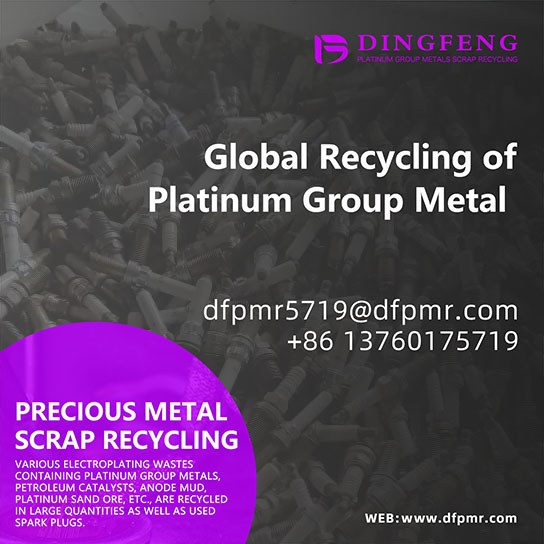Thermodynamics of Spark Plug Heat Range: Optimizing Combustion Efficiency
Heat range governs a plug’s ability to balance fouling resistance and thermal stress. This article explores its thermodynamic principles and calibration strategies.Heat Dissipation MechanismsInsulator
Heat range governs a plug’s ability to balance fouling resistance and thermal stress. This article explores its thermodynamic principles and calibration strategies.

Heat Dissipation Mechanisms
Insulator nose length determines heat transfer: Longer noses retain heat (hot plugs), shorter dissipate faster (cold plugs).
Fouling vs. Pre-Ignition
Cold plugs (<500°C insulator tip) risk carbon deposits; hot plugs (>850°C) induce autoignition.
Ideal operating range: 500–850°C for self-cleaning without knock 212.
Calibration for Forced Induction
Turbocharged engines require colder plugs (e.g., NGK 7–9 heat range) to manage cylinder temps.
Diagnostic Tools
Infrared thermography for real-time tip temperature monitoring.
Post-operation deposit analysis to adjust heat range.
Case Study
Misfire resolution in a high-boost engine by switching from heat range 6 to 8.
Conclusion
Heat range optimization requires balancing engine load, fuel octane, and environmental conditions.


